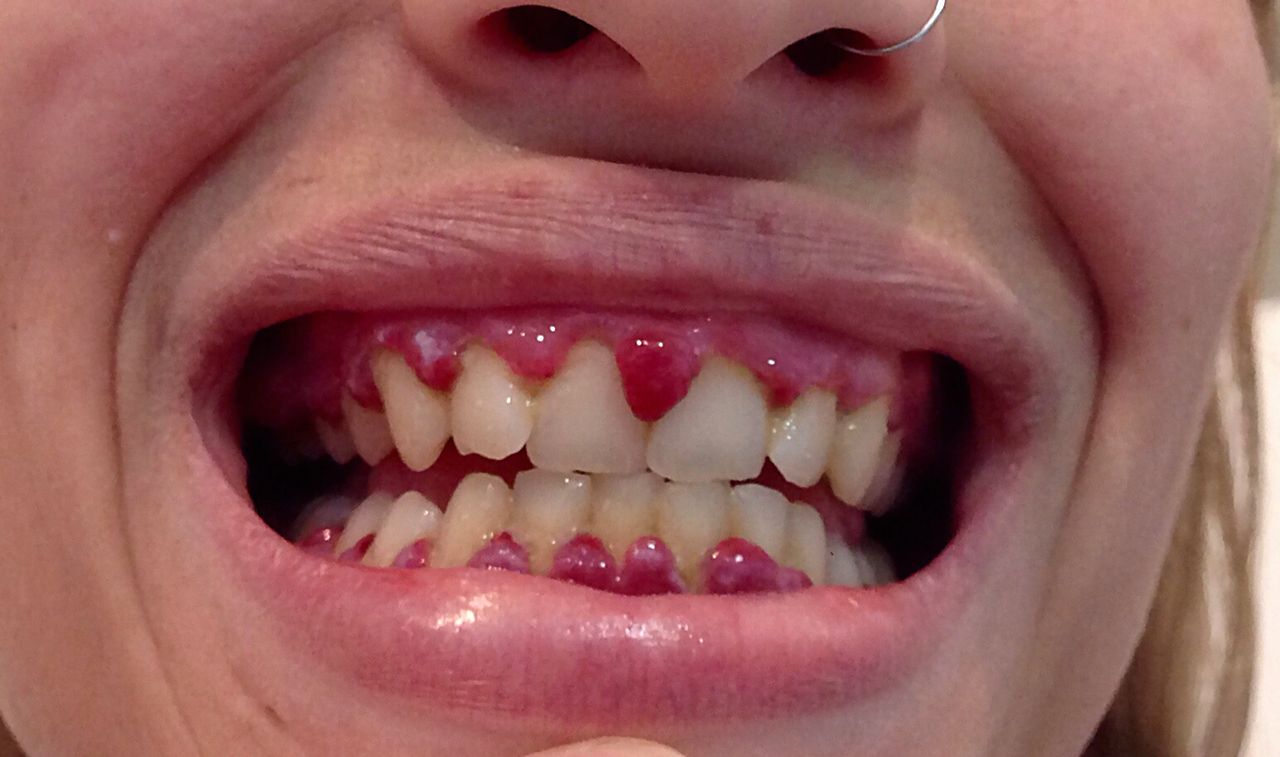Scurvy, a disease that was once the bane of sailors and soldiers in centuries past, is caused by a deficiency of Vitamin C. Known in medical terms as Ascorbic Acid Deficiency, this condition can lead to a host of health issues if left untreated. Although it is rare in modern times due to widespread access to fruits and vegetables, scurvy still affects certain populations, particularly those with limited diets or specific health conditions. Understanding its causes, symptoms, prevention strategies, and treatment options is essential for maintaining good health.

What Causes Scurvy?
The primary cause of scurvy is a prolonged lack of Vitamin C in the diet. Vitamin C is an essential nutrient that plays a crucial role in the body. It is necessary for the production of collagen, a protein that helps maintain the integrity of skin, blood vessels, bones, and connective tissues. Without sufficient Vitamin C, the body cannot produce enough collagen, leading to the breakdown of these tissues.
Dietary Factors Leading to Scurvy
- Limited Access to Fresh Fruits and Vegetables: People who do not consume enough citrus fruits, berries, tomatoes, bell peppers, and other Vitamin C-rich foods are at risk of developing scurvy.
- Poor Nutrition: Individuals experiencing poverty, food insecurity, or eating disorders may struggle to maintain a balanced diet, increasing their risk.
- Overreliance on Processed Foods: Many processed and packaged foods lack essential nutrients, including Vitamin C, which can contribute to deficiencies over time.
Health Conditions That Increase Risk
- Gastrointestinal Disorders: Conditions like Crohn’s disease, ulcerative colitis, or celiac disease can interfere with the absorption of nutrients, including Vitamin C.
- Alcoholism: Excessive alcohol consumption can deplete the body’s stores of Vitamin C and other essential nutrients.
- Eating Disorders: Anorexia nervosa and bulimia can result in inadequate intake of vital nutrients.
Symptoms of Scurvy
The symptoms of scurvy typically develop gradually, starting with mild signs and progressing to more severe manifestations if the deficiency persists. Recognizing these symptoms early is critical for preventing complications.
Early Symptoms
- Fatigue and weakness
- Irritability and mood changes
- Muscle and joint pain
- Loss of appetite
Advanced Symptoms
- Gum disease, including swollen, bleeding gums and tooth loss
- Small red or purple spots on the skin, caused by broken blood vessels
- Slow wound healing
- Anemia, leading to paleness and shortness of breath
- Corkscrew-shaped body hairs and brittle nails
- Swelling in the legs and joints
Prevention of Scurvy
Preventing scurvy is relatively straightforward and involves ensuring adequate intake of Vitamin C through diet or supplements. By adopting healthy eating habits and addressing underlying health issues, most people can avoid this preventable disease.
Incorporating Vitamin C-Rich Foods
One of the best ways to prevent scurvy is to include plenty of Vitamin C-rich foods in your daily meals. Some excellent sources include:
- Citrus fruits such as oranges, lemons, limes, and grapefruits
- Berries like strawberries, raspberries, and blueberries
- Vegetables such as bell peppers, broccoli, spinach, and Brussels sprouts
- Tomatoes and tomato juice
Addressing Underlying Health Issues
For individuals with gastrointestinal disorders or other health conditions that impair nutrient absorption, working with a healthcare provider is essential. They may recommend dietary adjustments, supplements, or treatments to improve nutrient uptake.
Supplementation When Necessary
In cases where dietary intake is insufficient or absorption is compromised, Vitamin C supplements can help bridge the gap. These are available in various forms, including tablets, capsules, and chewable gummies. However, it is important to consult a healthcare professional before starting any supplement regimen to avoid excessive intake, which can lead to side effects like diarrhea and kidney stones.
Treatment of Scurvy
The treatment of scurvy focuses on replenishing the body’s Vitamin C levels and addressing any complications that have arisen due to the deficiency. With prompt intervention, most individuals recover fully within a few weeks.
Vitamin C Supplementation
The cornerstone of scurvy treatment is Vitamin C supplementation. Healthcare providers typically prescribe high doses of Vitamin C initially to quickly restore the body’s stores. This is followed by a maintenance dose to ensure ongoing sufficiency. The exact dosage and duration depend on the severity of the deficiency and the individual’s overall health.
Dietary Adjustments
In addition to supplementation, patients are encouraged to adopt a diet rich in Vitamin C. This not only helps resolve the current deficiency but also prevents future occurrences. A registered dietitian can provide personalized meal plans to meet nutritional needs.
Treating Complications
If scurvy has led to complications such as gum disease, anemia, or joint problems, additional treatments may be necessary. For example:
- Gum Disease: Dental care, including professional cleaning and treatment of infections, may be required.
- Anemia: Iron supplements or other treatments may be prescribed to address low red blood cell counts.
- Joint Pain: Physical therapy or pain management strategies can help alleviate discomfort.
Monitoring Progress
Regular follow-up appointments with a healthcare provider are important to monitor recovery and adjust treatment as needed. Blood tests may be used to assess Vitamin C levels and ensure they return to normal.
Raising Awareness About Scurvy
While scurvy is rare in developed countries, it remains a concern for vulnerable populations. Raising awareness about the importance of Vitamin C and proper nutrition can help prevent this disease. Public health campaigns, educational programs, and community initiatives can play a significant role in reaching at-risk groups and promoting healthier lifestyles.
Targeting High-Risk Populations
Efforts should focus on populations most susceptible to scurvy, such as:
- Individuals living in poverty or experiencing homelessness
- Older adults who may have limited access to fresh produce
- People with chronic illnesses or disabilities affecting their diet
Promoting Nutritional Education
Teaching individuals how to prepare affordable, nutrient-rich meals can empower them to make healthier choices. Schools, community centers, and healthcare facilities can offer workshops and resources to promote better nutrition.





